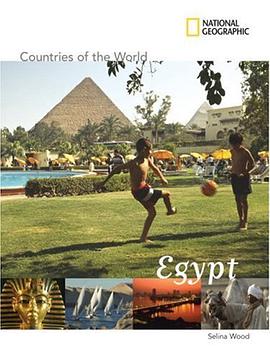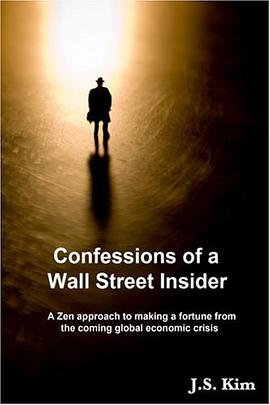

This book offers a fresh re-evaluation of Yehud in the Persian period, addressing in particular the dynamics of its relationship to the Persian imperial government. Among the variety of social-political reconstructions of Persian-period Yehud, one 'consensus' stands out - one which states that the Jerusalem priesthood enjoyed a prominent level of authority, symbolized in the Jerusalem temple. Unfortunately, this leads easily into conclusions of a theocracy in Yehud. The problem, in part, is due to the immediate association of priests assumed to be authoritative with that of a theocratic governing structure.To address this problem, at least three aspects of Yehud's governing structure(s) require further attention: the social implications of a particular governing structure within a society; the developments of a society leading up to that governing structure; and, a clearly articulated definition of the term and concept of theocracy. Since many scholars appear to depend upon a theocratic 'structure' or 'spirit' at some point in their discussions of Persian-period Yehud, one would usually expect to find a clear definition of theocracy. Instead, a hasty and ill-equipped definition that seems to avoid addressing the social and political complexities is often used.The conclusion is that no power or political vacuum appears to have existed allowing the priesthood to claim power in Yehud. The Persian empire did not allow territories to develop autonomous governing structures (Chapter 2). The social, economic, and political realms of Yehud functioned within the framework of Persian imperial administration (Chapter 3). And the term theocracy, when defined according to social-scientific requirements (Chapter 4), does not accurately describe the social-political context of Yehud during the Persian period (Chapter 5).
具体描述
读后感
评分
评分
评分
评分
用户评价
相关图书
本站所有内容均为互联网搜索引擎提供的公开搜索信息,本站不存储任何数据与内容,任何内容与数据均与本站无关,如有需要请联系相关搜索引擎包括但不限于百度,google,bing,sogou 等
© 2025 book.wenda123.org All Rights Reserved. 图书目录大全 版权所有




















